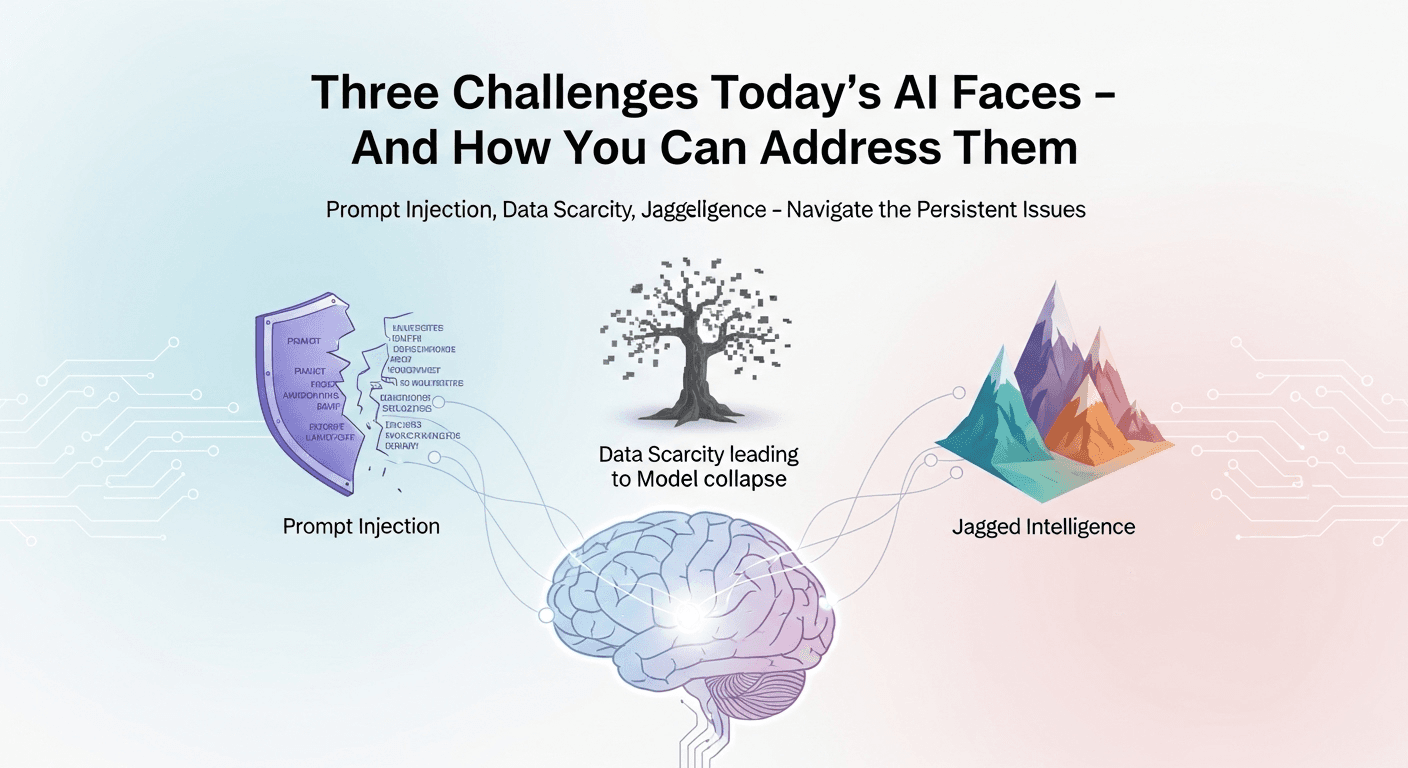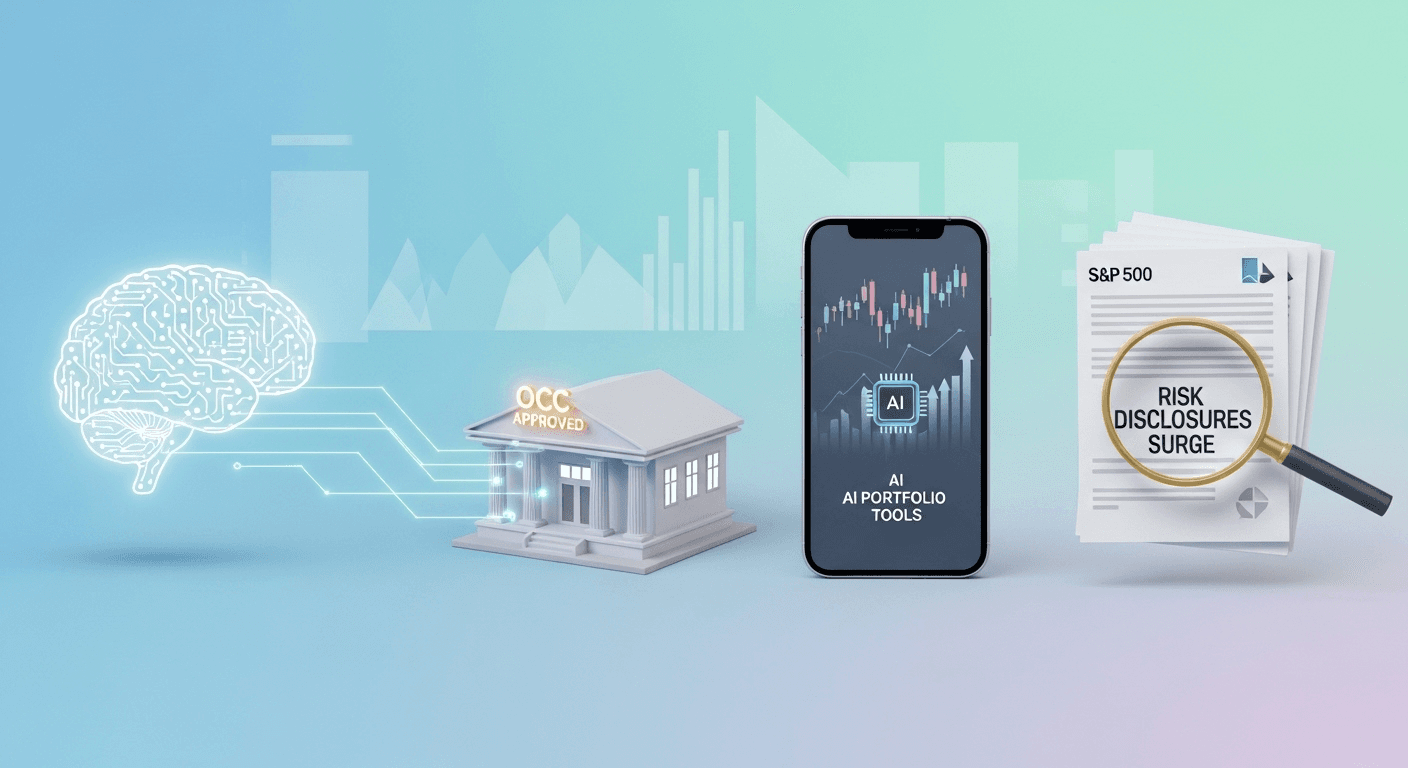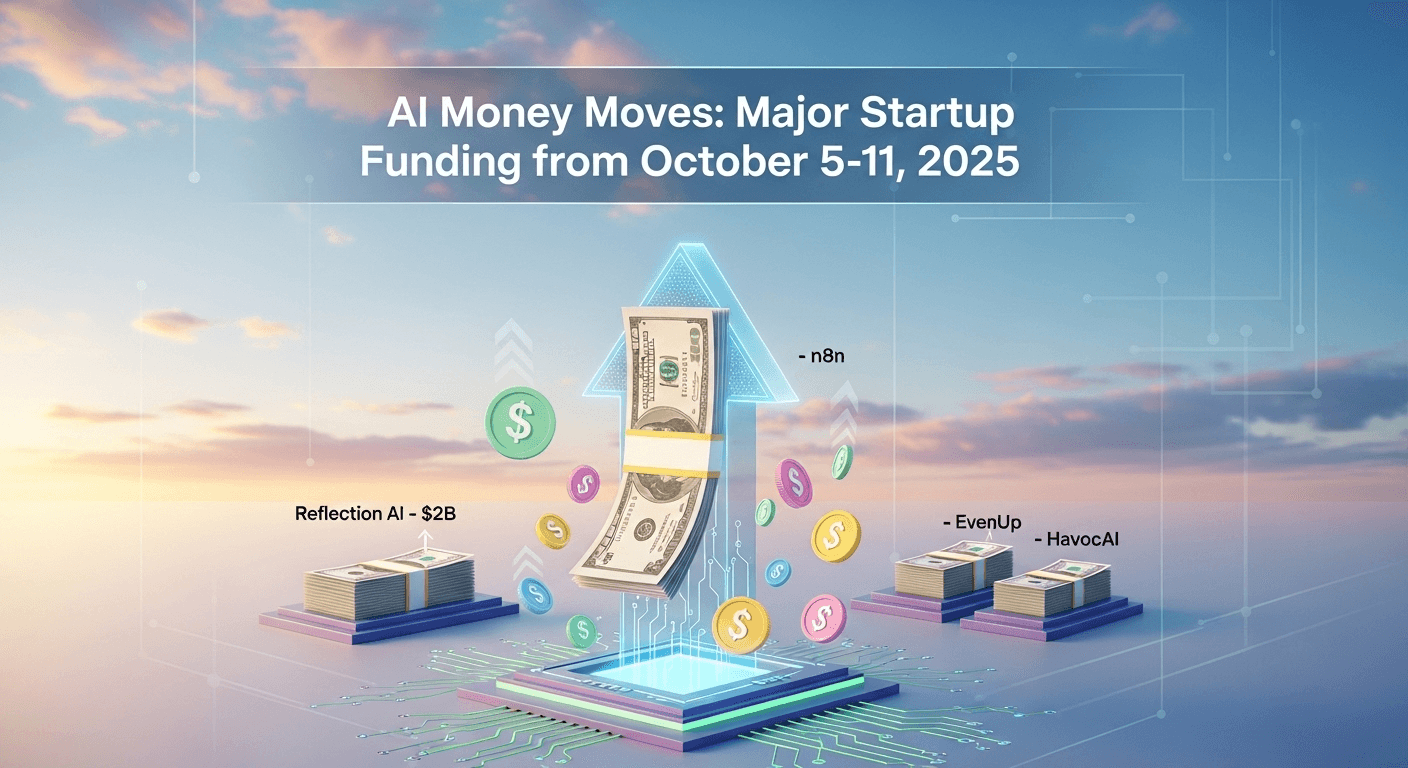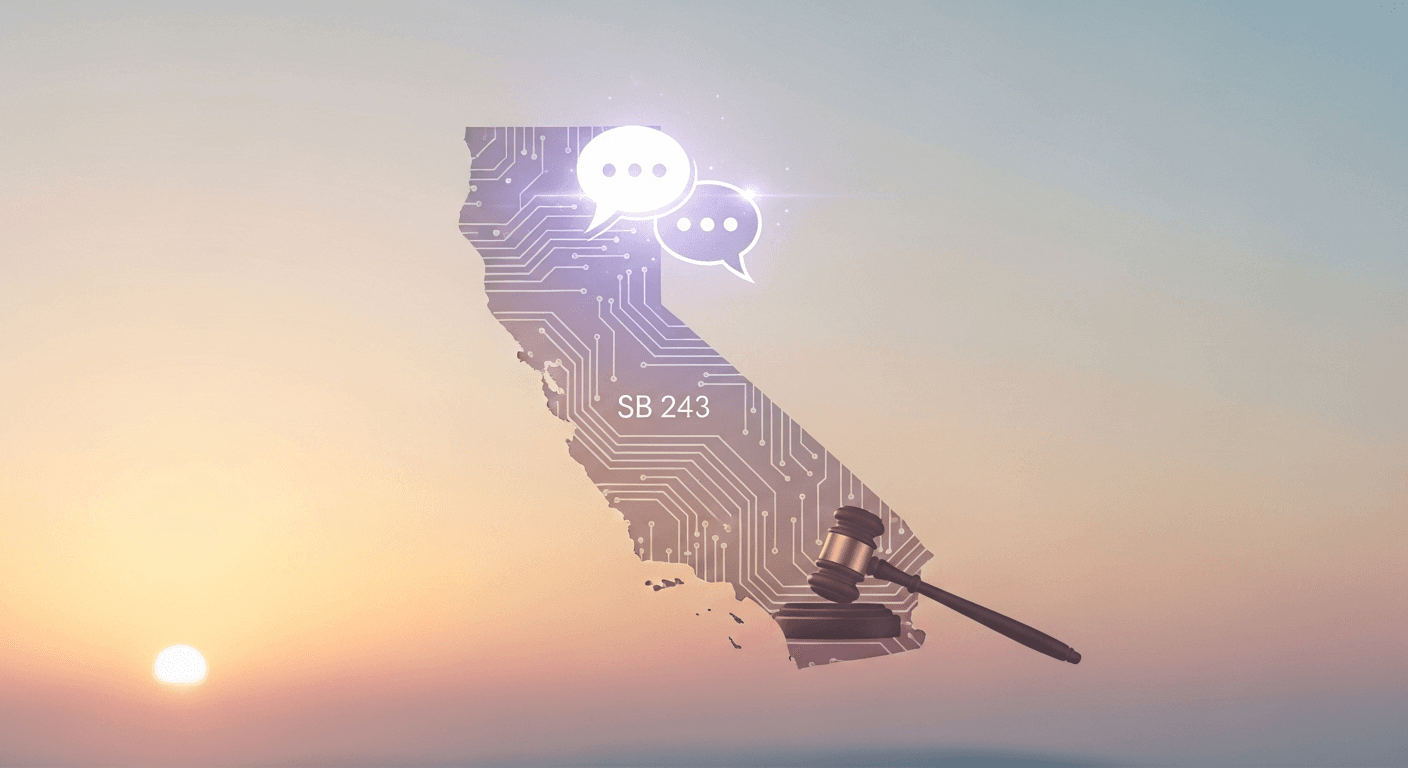From Dreamers to Gatekeepers: The Founding of DeepMind, OpenAI, and Anthropic—and the AI Safety Debate That Shaped Them

From Dreamers to Gatekeepers: The Founding of DeepMind, OpenAI, and Anthropic—and the AI Safety Debate That Shaped Them
TL;DR: DeepMind, OpenAI, and Anthropic were founded to push AI capabilities forward while grappling with fundamental safety and governance questions. What started as bold experiments in artificial intelligence evolved into governance experiments—blending philanthropy, venture funding, and corporate oversight—that helped shape the modern AI safety agenda. This post traces their origins, funding models, and the safety debates that pushed these labs to adopt increasingly careful approaches to powerful AI systems.
Published: 2025-08-22
Origins and founding intents: three labs, three tales
DeepMind began in London in 2010, founded by Demis Hassabis, Shane Legg, and Mustafa Suleyman with a mission to solve intelligence and then apply it to real-world problems. The company quickly earned a reputation for pursuing long-horizon, ambitious research in reinforcement learning and neural networks. In 2014, Google announced it would acquire DeepMind, launching it as a wholly owned subsidiary within Alphabet. The move gave the lab access to vast computing resources while intensifying questions about autonomy, control, and the distribution of power in AI development.
OpenAI launched in 2015 as a nonprofit research organization co-founded by Elon Musk, Sam Altman, Greg Brockman, Ilya Sutskever, Wojciech Zaremba, and others. Its early promise centered on broad public benefit from AGI and a policy stance against weaponization or narrow profiteering that could stifle safety. In 2019, OpenAI restructured into a for-profit arm called OpenAI LP to attract investment while committing to a capped return for investors and a focus on safety and broad societal benefit. This pivot highlighted a central tension in AI governance: how to fund ambitious research without sacrificing safety or accountability.
Anthropic was founded in 2021 by a group of researchers including Dario Amodei and Daniela Amodei, among others who split from OpenAI to form a lab explicitly focused on AI alignment and safety. Anthropic positioned itself as a safety-first research organization with a governance framework designed to explore robust, interpretable, and controllable AI systems while seeking capital from investors to scale its work.
How these labs are funded and governed: different models, shared aims
DeepMind remains a major subsidiary within Alphabet, benefiting from the parent company’s scale and resources while maintaining a distinct research brand. Its structure illustrates a corporate governance model where the parent company can align technical ambitions with business strategy on a broad scale, but it also raises questions about independence and the distribution of profits from breakthroughs.
OpenAI’s evolution highlights a novel funding model at the intersection of philanthropy and venture finance. The landmark shift to OpenAI LP in 2019 introduced a capped-profit structure intended to attract capital without celling broad social benefit. The model seeks to balance the incentives of investors with the long-term safety and accessibility goals that originally motivated the founders.
Anthropic has operated as a safety-oriented startup backed by venture funds and strategic partners. While not as deeply scrutinized as OpenAI’s structural gambit, Anthropic’s funding and governance decisions reflect a broader industry move toward accountability, safety research, and the need to align incentives with responsible AI deployment.
Safety and risk: the voices that shaped the agenda
From the outset, a thread of caution ran through the AI community’s most consequential players. Public figures and researchers warned that powerful AI systems could outpace safety controls or be misused in ways with broad societal impact. This risk awareness coalesced around concepts like alignment (ensuring systems do what humans intend) and governance (who gets to control powerful AI). The Asilomar AI Principles, published in 2017, captured a broad consensus among researchers about the responsible development of AI and laid a mental blueprint for many labs’ safety programs.
Philosophers and technologists such as Nick Bostrom have argued that society needs robust safety research before AGI is deployed at scale. While not all labs embrace the same path, these arguments pushed DeepMind, OpenAI, and Anthropic to invest in safety research, testing, and governance frameworks alongside their core capability work.
Individual events also shaped governance trajectories. For example, Elon Musk, an early OpenAI cofounder and board member, stepped away from the OpenAI board in 2018 as commercial interests and potential conflicts of interest with his other ventures grew. This departure highlighted tensions between rapid capability gains and the safeguards needed to manage them, a refrain echoed in subsequent governance discussions across the field.
Why these origins matter for today’s AI landscape
The triad of DeepMind, OpenAI, and Anthropic demonstrates that ambitious AI research often travels a crossroads: the need to fund big, risky bets; the desire to maximize public benefit; and the obligation to institute guardrails that can scale with capability. Their respective governance experiments—DeepMind’s parent-company oversight, OpenAI’s capped-profit framework, and Anthropic’s safety-forward posture—have helped define industry norms around transparency, safety research, and accountable deployment.
Today’s AI landscape still reflects those early debates: what does responsible development look like when models can outperform humans in specialized tasks? How should profits, access, and control be balanced against safety and fairness? The answers remain evolving, but the shared emphasis on safety, alignment, and governance remains a throughline across major AI labs.
Looking forward: what the history teaches us about the future
Understanding how DeepMind, OpenAI, and Anthropic were founded—and why some of the most vocal critics of AI risk insisted on a voice at the table—helps illuminate current policy debates about AI risk, governance, and public accountability. As AI systems become more capable, the ongoing conversation about how to fund, regulate, and guide their development will continue to shape the trajectory of responsible AI innovation.
Sources
- DeepMind — About
- The Guardian — Google to buy DeepMind (2014)
- The New York Times — Google to Acquire DeepMind (2014)
- OpenAI — About
- OpenAI — Introducing OpenAI LP (2019)
- The New York Times — OpenAI’s Profit Model
- The New York Times — Anthropic Opens AI startup (2021)
- Reuters — Elon Musk leaves OpenAI board (2018)
- Future of Life Institute — Asilomar AI Principles (2017)
- Nick Bostrom — Superintelligence (book overview)
Thank You for Reading this Blog and See You Soon! 🙏 👋
Let's connect 🚀
Latest Blogs
Read My Latest Blogs about AI

Three Challenges Today’s AI Faces – And How You Can Address Them
Today’s AI encounters three enduring challenges: prompt injection, data scarcity leading to model collapse, and jagged intelligence. Explore their persistence and learn how to navigate these issues effectively.
Read more


